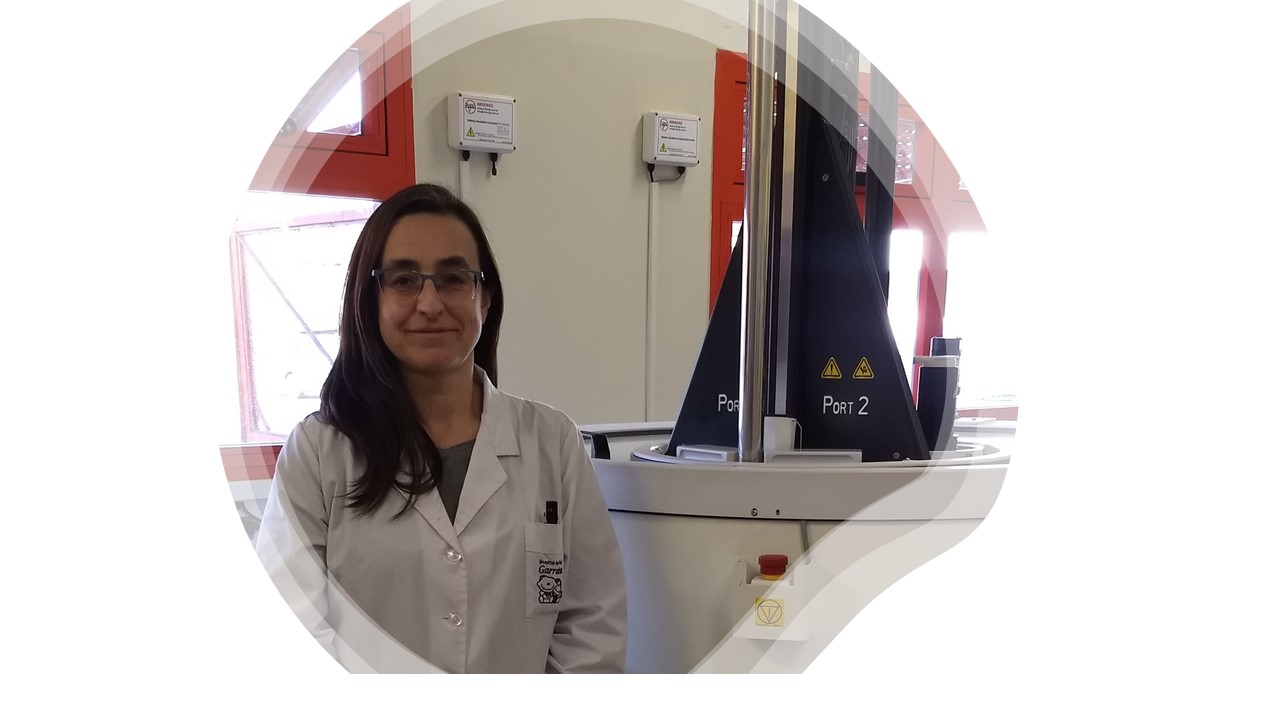
Feasibility and safety of intravenous infusion of autologous umbilical cord blood for newborns with perinatal hypoxic-ischemic encephalopathy: Argentina´s experience
Claudio Solana1, Cecilia Gamba2, Nora Balanian1, Sandra Machado1, Silvina Kuperman2, Valeria Roca2,3.
1Servicio de Neonatología, Maternidad Ramón Sardá, Caba, Argentina; 2Banco Público de Referencia Nacional de Sangre de Cordón Umbilical- Centro Regional de Hemoterapia , Hospital de Pediatría Garrahan, Caba, Argentina; 3Consejo Nacional de Investigaciones Científicas y Técnicas (CONICET), Caba, Argentina
Introduction: Perinatal hypoxic-ischemic encephalopathy (HIE) is a major cause of neonatal death and permanent neurological deficits. Stem cell therapy has recently been proposed as a novel therapy for HIE. Among the various sources, umbilical cord blood cells (UCBC) are readily available and can be exploited for autologous transplantations. Human umbilical cord blood (UCB) is a rich source of stem and progenitor cells. Furthermore, preclinical studies showed that the systemic administration of UCBC is beneficial for neonatal HIE.
Methods: The Ramón Sardá Maternity attends between 6,000 to 7,000 births per year. It is also a reference center for the care of high complexity pathologies of the newborns, including HIE. Garrahan Pediatric Hospital is a highly specialized medical pediatric public center. Among several services, it holds the National Public Cord Blood Bank (CBB). Both centers conducted a phase I clinical study to examine the feasibility and safety of intravenous infusion of autologous UCBC for newborns with HIE. When a baby was born with moderate/severe HIE, the UCB was collected, transported to the CBB, volume-reduced, divided into up to four doses, and transported back to the Maternity for infusion. This multicentre clinical study was approved by both Ramón Sardá´s Maternity and Garrahan Pediatric Hospital´s Institutional Review Boards and by INCUCAI Ethics Committee (Res N° 273/13).
Results: Between 2014 and 2019, 12 newborns were enrolled for the present study. All babies received UCBC therapy together with therapeutic hypothermia. The processed UCBC were infused between 6–72 hours after the birth. Regarding feasibility,all patients received the doses within the first 24 hrs after birth, and 10/12 patients received the doses within the first 12 hrs. In terms of safety, there were no serious adverse events that might be related to cell therapy.
Conclusion: This pilot study shows that collection, preparation, and infusion of fresh autologous UCBC for use in infants with HIE is feasible and safe. A randomized double-blind study is needed to further explore whether it has beneficial effects.
Fundación Delfina Baratelli.

right-click to download
